As a business owner, your first moment of truth (FMOT) also known as the first 3-7 seconds in which a potential customer encounters your product is crucial.
According to a study conducted in the US, customers form their impression of a brand within 7 seconds. The study further reported that customers find it very difficult to change whatever first impression they have about a business.

For small businesses, the packaging is the first point of contact with your customers. This means customers will form their first impression of your brand based on your product package.
In this article, we are going to show you how to choose to package for your small business.
Importance of Packaging to Small Business
Packaging can be a powerful tool in the hands of any business. Small, medium and big businesses need to package their product well, to be able to compete favorably in the market.
Before 2017, RxBar, a small business, struggled to make any significant impact in the market despite selling some of the best protein bars in the area.
This led the management to change many things in their business in 2017-including packaging. Their product wrapper became sharper, cleaner, and straight to the point.
The outcome of this decision was an increase in sales from $6 million in 2014 to $130 million in 2017 as if it wasn't enough, the new packaging made Inc. Magazine article, lists Rxbar as the number three wellness bar at natural-food retailers.

The Benefits of Packaging to a Small Business
1. Helps Create Valuable Touch-point with Your Customers
Are you aware that your packaging is also your product? A lot of people are yet to fully understand what a beautiful package does to their business.
Most times, when people visit a store, they know exactly what they want to purchase still, there are so many instances when they end up paying for something they just saw for the first time.
According to a study, over 60-70% of buying decisions are made in the store (online or brick and mortar).
Packaging is a crucial factor since it has the potential of changing a consumer's choice, leaving them impressed and connected to your brand.
For instance, Izze Beverage Co® used a simple packaging design to improve sales for the first two years without any TV, print, or online advertising.
Once a product packaging is attractive, customers will look at the product differently at the expense of other competitors.
It means that consumers would not just buy your products, they'll also go home knowing that they have found the best brand for the product.
2. Encourage Repeat Business
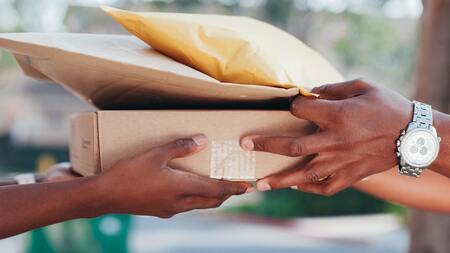
The primary goal of packaging is to attract customer's attention however, most businesses know that this is only a means to an end.
Every business wants customers to always return after their first purchase and packaging does exactly that. Still, many brands focus on the product too much at the expense of packaging.
According to a Bain & Company study, 60-80% of customers who reported that they were satisfied with a product do not go to do more business with the company that initially satisfied them.
This will always happen often if your packaging does not create a memorable experience.
A creative, high-quality, and functional packaging will keep your customers intrigued for as long as you want and turn past sales into repeat customers. One way to create loyal customers is to ensure that your packaging exceeds customer's expectations.
3. Increase Sales Through Brand Recognition
Brand advocacy is one of the benefits you get from good product packaging. Brands that allow their packaging do the talking for them will sell more than brands that use bland corrugated boxes.
According to Ipsos, 72% of American consumers say their purchasing decision is influenced by the product packaging. This means that great packaging equals more sales.
4. Product Protection
Packaging is more than just a visually appealing box. Great packaging gives your product maximum protection while ensuring that you make the best use of available resources.
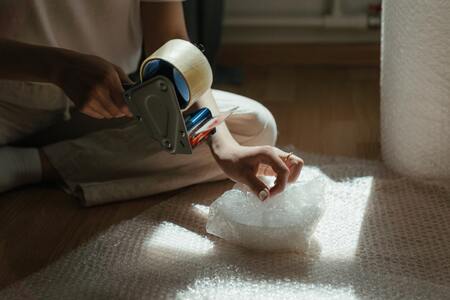
How to Choose Packaging For Your Small Business
Product packaging can go wrong. For instance, when Del Monte decided to wrap individual bananas in plastic bags, it thought it was a way to facilitate enjoying the healthy snack on the go.
This turned out to be a very wrong investment. To ensure that we get our packaging right, we have to first learn how to make it right.
Here are some tips on effective product packaging for your business.
1. Minimize Waste at Every Level
Some product packaging is bad investments for your small business. Packaging can cost you more than what your expected ROI is.
Great packaging is not about the money you throw into the design, it's about getting the perfect design at the minimum cost.
If you want to win with packaging, you have to ensure that only the required items are used at each stage of packaging.
2. Ensure Package is Relevant
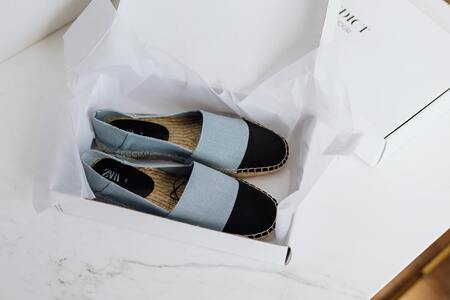
Your packaging should always be functional else it misses the point. A visually appealing box must also contain all the information needed to impress your customers while protecting the product.
According to Simon Preece, director of effectiveness stuff at Elmwood, a brand design consultancy, the packaging is relevant if it stands out, triggers emotional engagement, passes the five-year-old test, creates visual equities, and is simple.
Coca-Cola is one of the leading companies whose packaging has created iconic visual assets.
The brand has an array of assets – the agitated red, the dynamic contour wave, the iconic bottle shape, and the logo typography – all of which amplify the brand experience.
3. Focus on Your Target Market
Your packaging designs should not be a matter of taste and preference. As long as you want to communicate your brand's logo or image to consumers, you must also understand that packaging is not about you.
It is a mix between what you want to say and what your customers need at the time. If your customers can relate to what you create, then it will be easier for them to like the product packaging.
4. Choose the right material (recyclable materials)
Using sourcing packaging materials in the right way is not the norm, but the rule. Most brands are prioritizing eco-friendly materials every day and there is a reason for this.
It is either you use the right materials (recyclable materials) or you miss out on the market.
According to a study, most residents in the UK are willing to spend an extra 30 British pounds to buy more recyclable packaging. And a total of 50 % of respondents say they are willing to pay extra when they see recyclable packaging.
5. Be Creative
Creativity is crucial in product packaging. You have to be unique to stand out. If a potential customer cannot differentiate between you and your competitors, how will they buy from you?
You can be creative in your design, choice of materials, and packaging inserts. However, you have to ensure you don't spend a fortune.

6. Always strive to protect your product
Your packaging must be able to keep your product safe and secured from your store to their doorstep. Don't settle for anything less. You have to ensure that what you use is very durable.
Consider what is common for each type of product in the industry and make sure that is strong enough. If they're not, improve them.
7. Invest in custom packaging
Custom packaging is packaging tailored to fit a particular product. It is your brand doing a solo with the product.
Custom packaging does not have to be expensive. Packaging experts like Arka can give your small business exactly what it needs to conquer the market.
Packaging Options For Your eCommerce Business
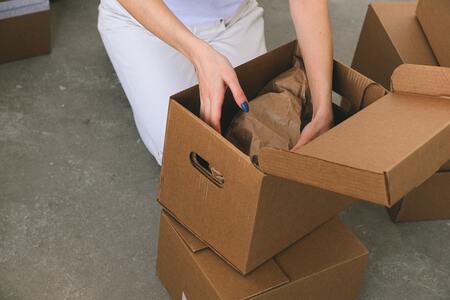
Choosing the right packaging is as important as selling a quality product. You have to understand what each product needs.
1. Mailers
Mailers are the best packaging materials for small to medium-sized products that need uncompromising protection. They are used to package and transport apparel, jewelry, cosmetics, and other lightweight products.
A lot of small businesses think corrugated boxes could be used for all products but that is not true. Why use boxes when mailers will fit your product perfectly and guarantee protection at a cheaper price.
Mailers do not occupy space in your warehouse, and they don't need much labor to be set up. You don't need too many hands to get things done.
2. Shippers
Shippers are great for medium to semi-large products. That can also be used for subscription boxes.
This packaging option is costlier compared to mailers, however, shippers can be used for a large number of products.
They are stronger and studier compared to mailers and they usually come in different sizes. Here's an image containing different shippers available on Arka.
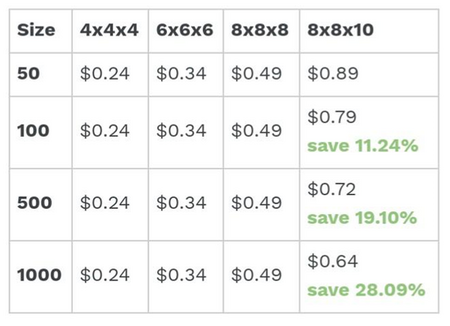
3. Carton
Cartons are made from paper in the form of paperboards and thin layers of polyethylene. This packaging material is used to package food and most beverages we know.
Cartons have a lot of benefits compared to mailers. Here's an image to tell the story.

Photo Credit: Environmental profile of carton on Carton Council
4. Polymailers
Polymailers are great for packaging all kinds of apparel. They are cheap, lightweight, and require less space compared to mailers and cartons.
This type of packaging works well with USPS First Class Packaging Service.
Understanding the Type of Flute That Fits Your Product
Flutes are the wave-shaped structure that provides strength to reinforce corrugated cardboard. It gives cardboards the strength they require to allow stacking, and it also provides insulation to protect the package contents.
Here's a list of flutes your small business should consider:
1. B flute
This kind of flute is specifically designed to hold small products like can-foods. B flutes are very popular due to their not being prone to crush and puncture.
In addition to this, they maintain a good printing surface compared to C flutes. However, they may not produce the same printing quality compared to E flutes.
This type of flute requires less storage space due to its thinner wall surface which can help reduce your storage costs.
2. C flute
This type of flute is preferred for stacking a product. They work very well for packaging furniture and glass products. Over 80% of corrugated cardboard is estimated to be made up of C-Flute.
3. BC flute
This is a hybrid flute that is specifically designed for shipping heavy items and industrial applications. By combining B and C flute, BC flute is preferred for strength with 9mm thickness.
4. E flute
E-flutes come with a very flat surface that makes them ideal for printing. They can be used to manufacture small boxes that could be folded like takeaway food containers.
Standard Packaging Vs Custom Packaging
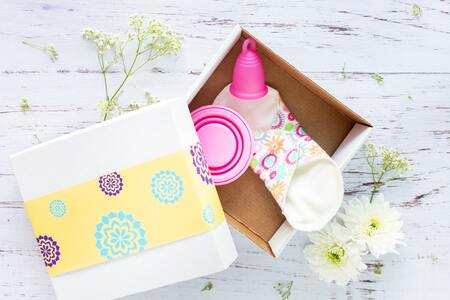
Over the years, packaging and packaging materials used to be accessible to anyone. All that was needed was a bland corrugated box or carton, or envelopes.
Standard packaging focused on ensuring that a product is safe in transit. At most the brand would only add a sticker to show a box is from them.
Today, most brands now design packaging that is tailored to fit their product specifications and improve their brand. Custom packaging is also about improving brand recognition, customer retention and satisfaction, and sales.
Custom packaging is a brand's artistic asset. It is what makes the brand stand both in the market.
Printing For Flexible Packaging
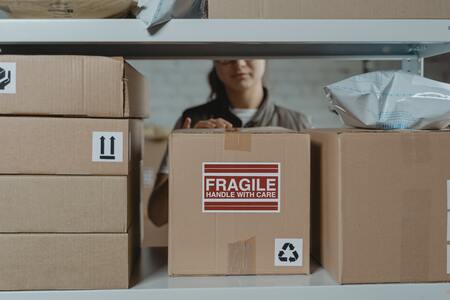
Printing is very important in product packaging. As a small business owner, it is important to understand what you need exactly.
Here are two common printing practices to consider:
1. Digital Printing
Digital printing is an ink-based jet printing method in which graphics and branding elements are applied directly on plastic substrates.
This type of printing allows you to forfeit labels, and cardboard inserts by allowing you to choose from a vast array of graphic and text applications for targeted subgroups of consumers and buyer personas.
Pros
- Lower inventory requirement
- Speedup market dynamics processes
- Significant reduction in waste
Cons
- Print may not last
- The color white cannot be reproduced within the print
- More expensive than flexo.
2. Flexo
Flexo is a rotary relief printing method using rubber or plastic plates and fluid inks or dyes for printing on fabrics and impervious materials.
Flexo is a type of packaging that uses flexible plates instead of conventional solid plates. This type of printing is commonly used on plastics and stand-up pouches.
Pros
- Quick production process
- Accommodate a variety of ink types including Water-based colors, solvents, and U.V curable ink.
- It requires lower operational costs.
- Equipment is environmentally friendly
Cons
- Often takes time to set up
- If a job involves more than one color, you'll need a plate for each print.
- Equipment is complex.
Conclusion
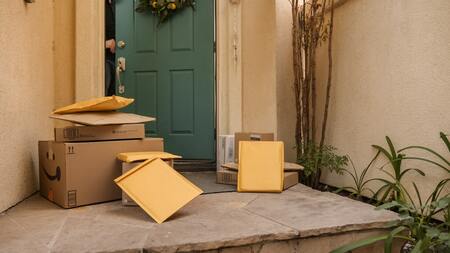
The packaging industry is evolving very fast and this may be a blessing in disguise for small businesses. As new trends are displacing old ones, small businesses are going to have a lot of packaging options available to them.
The fact remains that there are still many packaging options available to you, and that's what we've shown you in this article.









